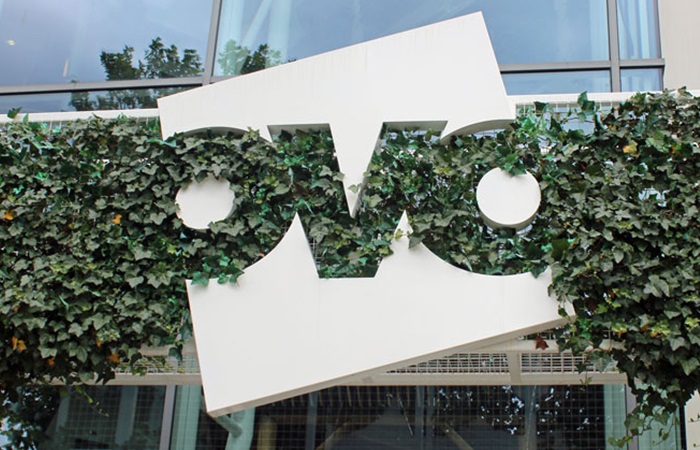 Energy supplier Ovo Energy has reported an 11.4% mean gender pay gap for 2023, down 2.4% from 2022.
Energy supplier Ovo Energy has reported an 11.4% mean gender pay gap for 2023, down 2.4% from 2022.
Its median gender pay gap was 12.1%, down 0.4% from the prior year. The organisation has attributed its gender pay gap to uneven proportions of men and women across different parts of the business, with more men in higher-paying roles.
Ovo’s mean gender bonus gap for 2023 was 33.6%, down 1.7% from 2022, while its median bonus gap was 71.6%, up 70.6% from the previous year. In 2023, the median pay for men was 12.1% higher than it was for women, down -0.4% from 2022, while 98% of women and men received a bonus.
The organisation said that its bonus gap increase is due to cost-of-living payments made in 2022/23, with a big proportion of the eligible group part of its field force, who are mostly male. The gap without the payments is 31.2%, due to additional bonuses given to those in engineering roles, who are also mostly male.
Ovo’s 2023 ethnicity pay gap was 11.5%, up 13.1% from 2022. It calculated its ethnicity pay gap for the first time last year, when it had a median ethnicity pay gap of -1.6% in favour of Black, Asian and minority ethnic groups.
Raman Bhatia, chief executive officer of Ovo Energy, said: “In 2023, we’ve significantly increased the ethnic diversity of our community, from 7% to 13%. This increase has led to a shift in our ethnicity pay gap. This is because representation has grown mostly in lower-paid, high volume roles, and generally stayed the same at leadership levels.
“We are closing the ethnicity pay gap by continuing to work on increasing ethnic diversity at Ovo across all levels, now putting extra focus on leadership level roles to achieve 10% ethnic diversity in leadership by 2025, and continuing to achieve our ongoing target of 25% of all our new hires, and 35% of our new apprentices, to be from an ethnic minority background.”